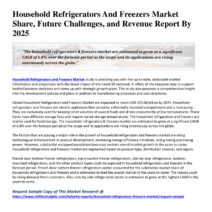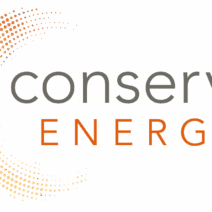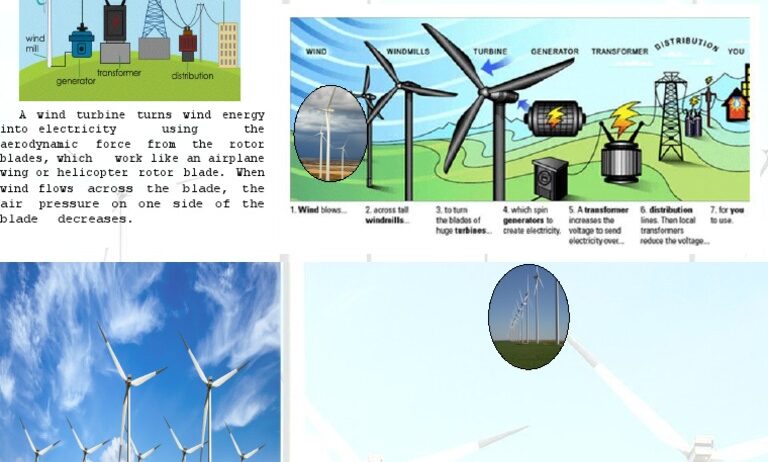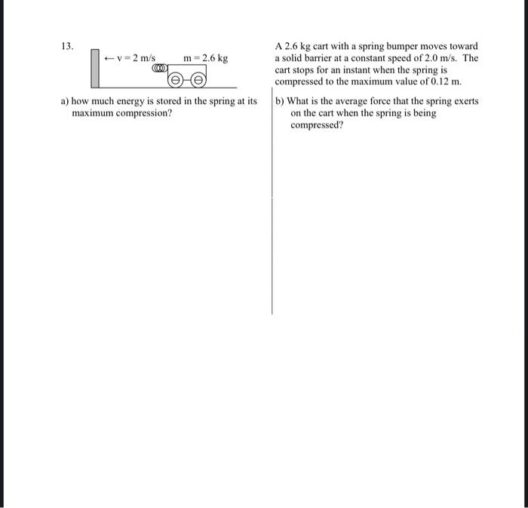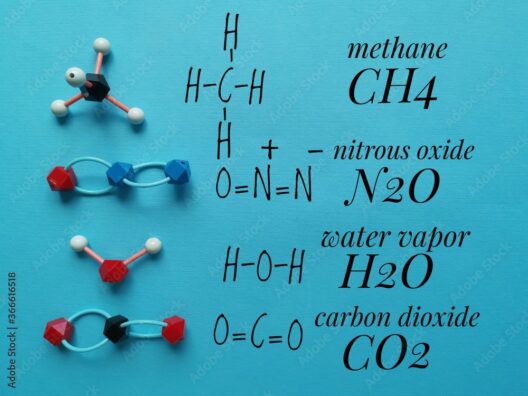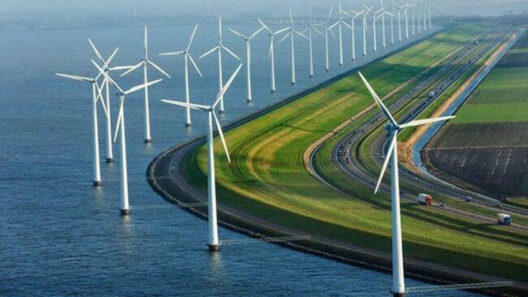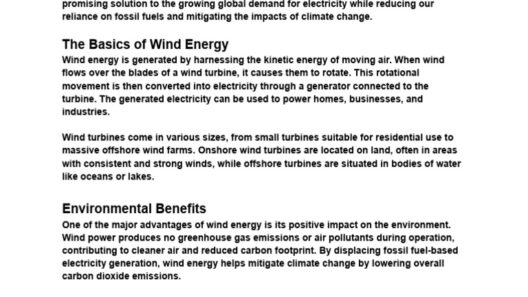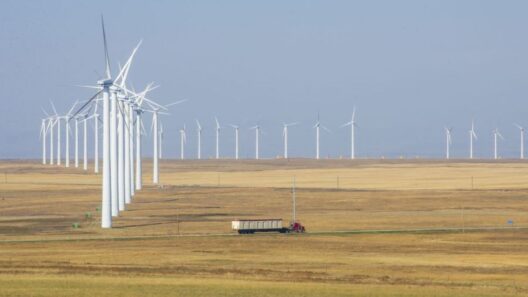Wind energy is one of the most rapidly emerging forms of renewable energy in the world today. As the urgency to combat climate change intensifies, wind power presents an optimal solution to reduce reliance on fossil fuels and safeguard the environment. This article delves into the current applications of wind energy, the growth trends observed in this sector, and the overall impact it has on energy consumption and sustainability.
Wind energy harnesses the kinetic energy generated by wind through turbines. These turbines convert wind movement into electrical energy, which is then fed into power grids. The promise of wind energy lies not only in its ability to produce clean power but also in its potential for substantial growth globally.
The evolution of wind energy usage has propelled it into diverse applications. A comprehensive understanding of these uses will shed light on the technological advancements and economic viability of wind energy.
Wind Energy Generation for Electricity
One of the primary uses of wind energy is for generating electricity. Wind farms, which consist of numerous turbines, are strategically placed in areas with optimal wind conditions. These installations can be found both onshore and offshore, with the latter often producing higher energy yields due to stronger and more consistent wind velocity.
Onshore wind farms are typically located in rural areas, where land is available, and wind speeds are favorable. These farms often have the advantage of relatively lower installation and maintenance costs. Conversely, offshore wind farms, while more expensive to build, benefit from the powerful winds available at sea, resulting in higher energy output. Countries like Denmark, Germany, and the United States have made significant investments in both onshore and offshore wind energy to diversify their energy portfolios.
This generation of electricity is increasingly integrated into national grids, facilitating the transition towards more sustainable energy sources. Technological advancements have drastically improved turbine efficiency and size, allowing for more energy extraction even at lower wind speeds.
Wind Energy in Industrial Applications
Beyond electricity generation, wind energy finds extensive applications in various industrial sectors. Industries are beginning to embrace wind energy as a cost-effective and eco-friendly power source, aligning with global sustainability goals.
One prominent use of wind energy is in the manufacturing sector. Facilities can install their own wind turbines to supplement their energy requirements. By engaging in this practice, companies can reduce their carbon footprints and lower operating costs simultaneously. For instance, major corporations, particularly in the tech and automotive industries, have made substantial commitments to utilize renewable energy sources, including wind, to power their operations.
Wind energy is also utilized in agricultural practices. Farmers have adopted small-scale wind turbines on their properties to power irrigation systems and machinery. This local generation of electricity empowers farmers to reduce operational expenses while enhancing their environmental stewardship.
Hybrid Systems: The Future of Energy
The integration of wind energy with other renewable sources is creating hybrid energy systems that enhance overall efficiency and reliability. For instance, the combination of wind and solar energy harnesses the strengths of both. While the sun shines brightly during the day, winds may be more robust in the evening and at night, creating a complementary relationship that secures a more stable energy supply.
This hybridization can be seen in various projects globally, where energy systems combine wind, solar, and battery storage technologies. By employing energy storage solutions, such as batteries, excess power generated during peak wind times can be stored and used later, reducing wastage and ensuring a stable power supply even when wind conditions fluctuate.
Distributed Energy Generation and Community Initiatives
Another growing application of wind energy is in the realm of distributed energy generation. Small to medium-sized wind turbines are being adopted in communities, providing local energy solutions that do not rely on extensive infrastructure. This grassroots approach empowers communities to become more self-sufficient in energy production.
Community wind projects often involve local cooperation, where residents invest in or collectively own wind turbines. These initiatives not only provide renewable energy to the community but also generate local jobs and stimulate economic development. As communities work together towards energy independence, they contribute to the broader goals of sustainability and climate resilience.
The Role of Policy in Wind Energy Growth
Government policies play a crucial role in promoting the growth of wind energy. Subsidies, tax incentives, and renewable energy mandates have contributed significantly to the expansion of this market. Policies that favor clean energy technology help drive investments in wind energy, fostering innovation and reducing costs over time.
Countries investing in infrastructure and research aimed at renewable sources can expect to see enhanced energy security, reduced greenhouse gas emissions, and the creation of green jobs. As global demands for energy continue to rise, effective policy frameworks will be essential to support wind energy as a primary source of power.
Conclusion: The Promising Horizon of Wind Energy
The potential of wind energy as a pivotal player in the global energy landscape is undeniable. From large-scale wind farms generating electricity for entire regions to localized applications in industries and communities, the versatility of wind power is evident. As technological advancements continue to emerge and policies evolve to support sustainability, wind energy will likely play an increasingly significant role in achieving a cleaner, more sustainable future.
In summary, the current applications and growth of wind energy underscore its importance in modern society. As nations seek solutions to combat climate change, wind energy offers a viable path toward reducing carbon emissions and promoting energy independence.
